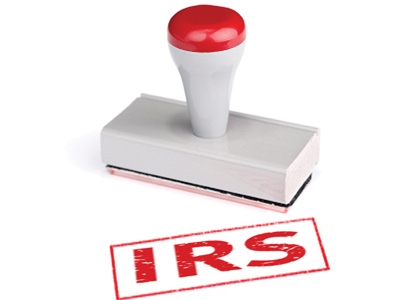Individual taxpayers who are unable to meet their tax obligations can try to resolve matters through the IRS’s offer-in-compromise (OIC) program. However, the IRS can refuse such a request — and it often does. Fortunately, you may have other options to repay Uncle Sam, such as arranging an installment plan.
Background
As the name implies, an offer in compromise is an arrangement to settle a tax debt with the IRS for less than the full amount owed. Once you meet your obligations under the OIC program, the IRS can’t come after you for those back taxes.
To make a formal offer to the IRS, you must complete Forms 433-A and 656. (If you believe that the stated tax liability is inaccurate, you may also file Form 656-L.) It’s best to leave these complex forms to your tax advisors. In addition, you’ll have to pay a $205 application fee and the first payment toward the proposed balance.
In doing so, you must provide personal information about your monthly income, assets, debts, rent, utilities, groceries and other regular expenses.
But the IRS is stingy. Generally, it won’t accept an OIC unless the amount offered is equal to or greater than the reasonable collection potential (RCP). RCP includes the value that can be realized from the taxpayer’s assets — such as real estate, vehicles, bank and financial accounts — plus anticipated future income less certain amounts allowed for basic living expenses.
Convincing the IRS to Accept Your Offer
The IRS can accept an OIC based on one of three grounds:
- There’s legitimate doubt as to liability.A compromise meets this requirement only when there’s a genuine dispute as to the existence or amount of the tax debt under law.
- There’s doubt that the amount owed is fully collectible. This occurs when your assets and income are less than the full amount of the tax liability.
- The compromise is based on effective tax administration. To qualify, requiring payment in full would either create an economic hardship or would be unfair and inequitable.
Examples of circumstances that may cause the IRS to return your offer include:
- You don’t provide all the information requested on the application,
- You haven’t filed all required tax returns,
- You haven’t made all required estimated tax payments for the current tax year,
- You haven’t been billed for at least one tax debt reflected in your offer,
- You’re currently in a bankruptcy proceeding,
- You’ve haven’t paid your taxes or filed tax returns while you’re waiting for the IRS to respond,
- Your case has been forwarded by the IRS to the Department of Justice,
- Your tax debt has been ordered by a court, and
- You don’t pay the application fee (which can be waived for certain low-income applicants).
If the IRS returns the application, you can reapply to the OIC program after you’ve addressed the issue (or issues) satisfactorily.
Despite recent efforts by the IRS to encourage use of the OIC program, this is still a long shot for many taxpayers. According to the most recent statistics, only about one-third of the offers made were accepted by the IRS for the 2019 tax year. For this reason, the OIC program may be viewed as a last resort.
Arranging an Installment Plan
The OIC program isn’t the only way out for those facing mounting tax debt. Depending on your situation, you may choose to set up an installment plan.
How does this option work? If you can’t pay the full amount owed within 120 days, you may apply for an installment agreement through an Online Payment Agreement (OPA) or by filing Form 9465 with the IRS. Such an agreement allows you to make a series of monthly payments over time.
The IRS offers the following options for making monthly payments:
- Direct debit from your bank account,
- Payroll deduction from your employer,
- Payment by the Electronic Federal Tax Payment System,
- Payment by credit card via phone or online,
- Payment via check or money order, or
- Payment with cash at a retail partner.
Be aware that the IRS currently charges a $225 user fee for a standard installment agreement or a payroll deduction agreement. If you enter a standard installment agreement and choose to directly debit your bank account, the fee is $107. When you’re using the OPA application to request an installment agreement, the user fee is $149. If you use the OPA application to request an installment agreement and choose to pay via direct debit, the user fee is $31, regardless of your income. Otherwise, certain low-income taxpayers may qualify for a $43 fee.
Also, you’ll be charged a user fee of $89 for restructuring or reinstating an established installment agreement, no matter what payment method you use ($43 for certain low-income taxpayers). All these fees are subject to change.
Need Help?
You don’t have to figure out how to settle your tax debts on your own. Your professional tax advisor can help determine if the OIC program, an installment agreement or some other approach is best for your situation.






